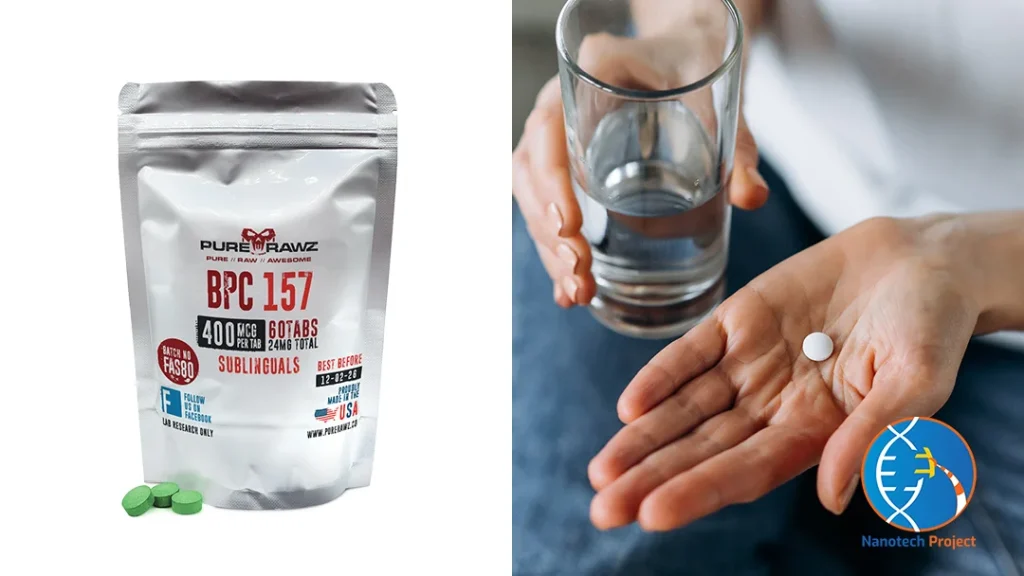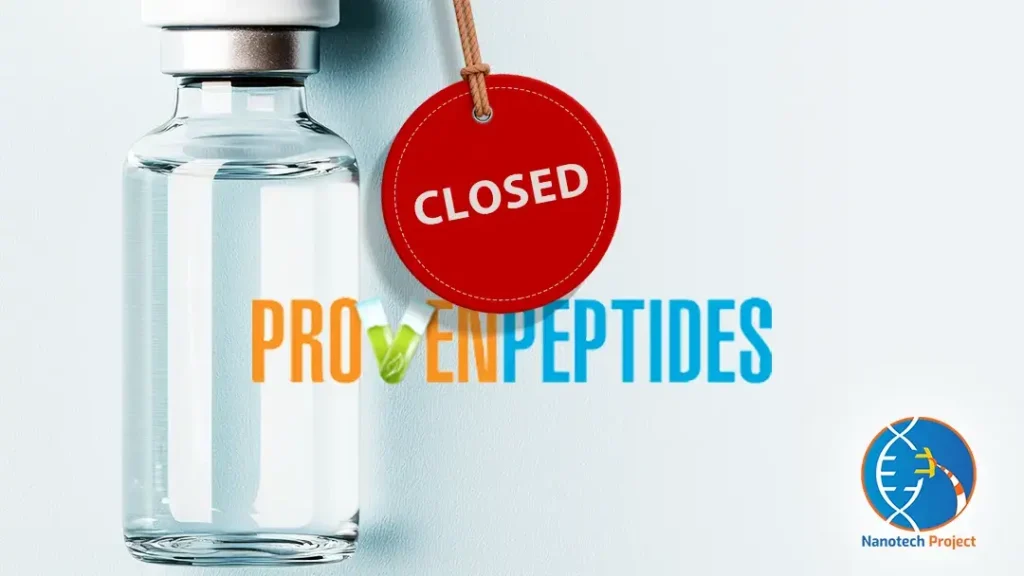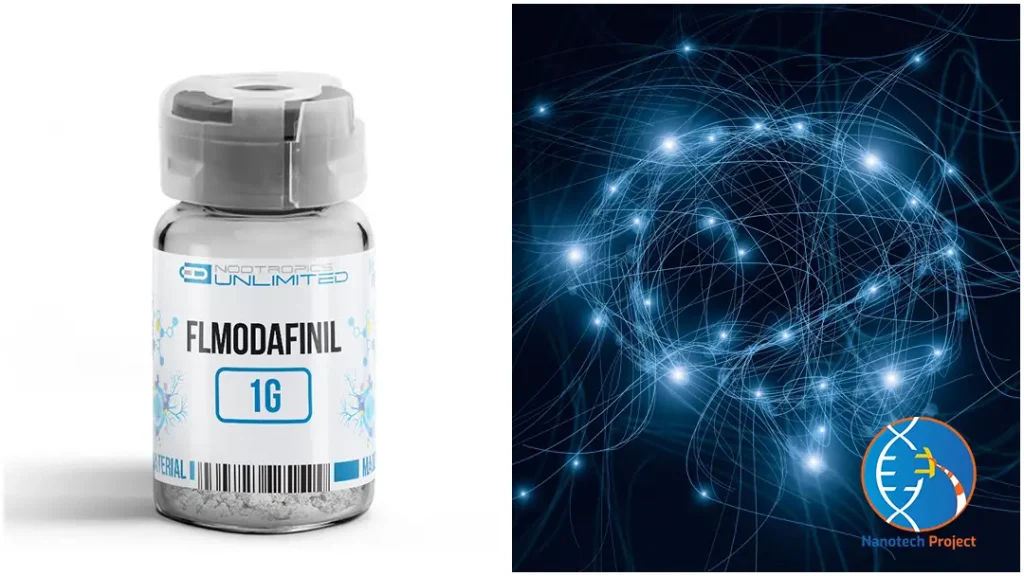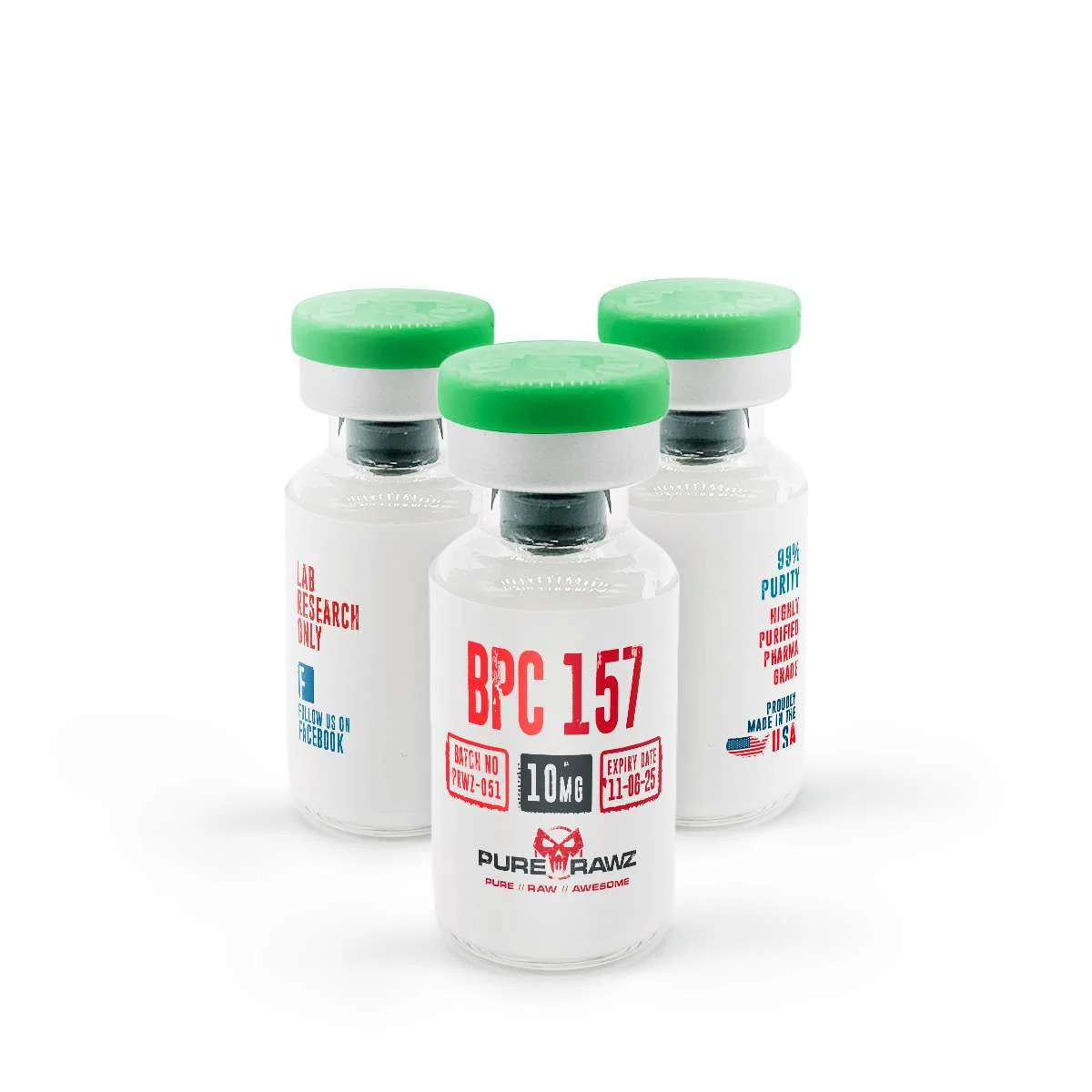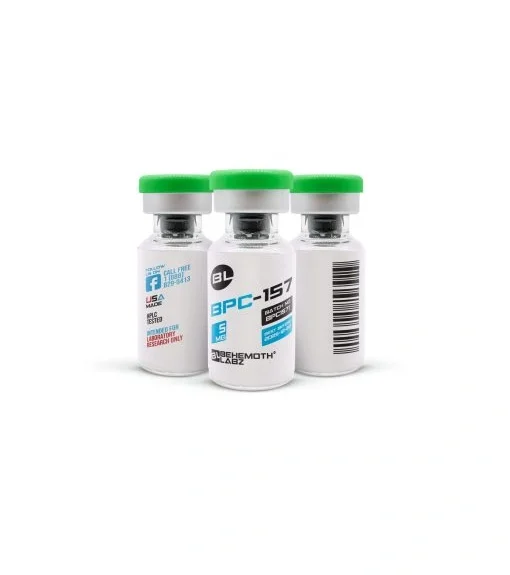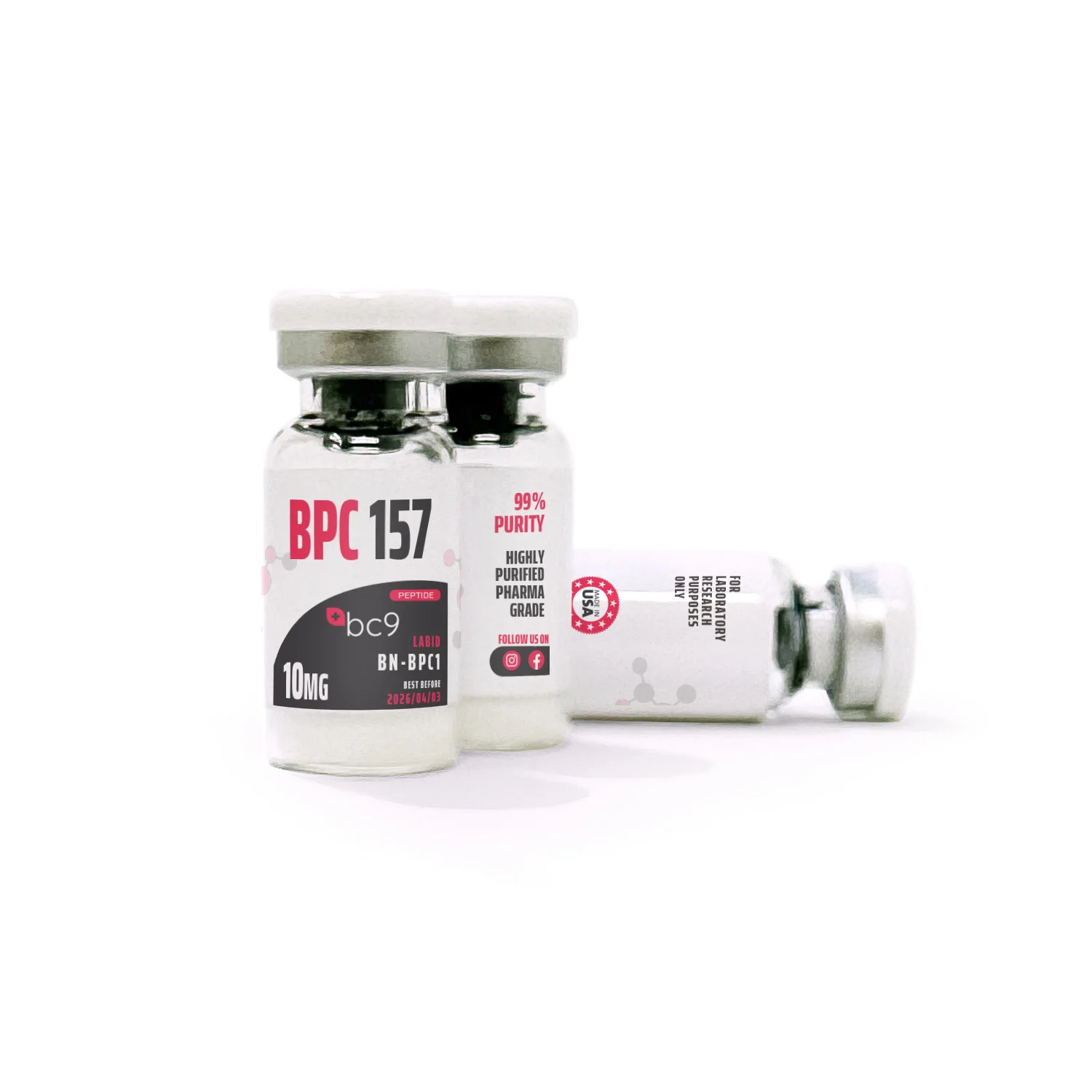So, what’s this BPC-157 all about? Picture it as a tiny superhero in our body, with BPC standing for Body Protective Compound. Its main gig is like a protective shield, defending and instructing our cells on what’s what.
Now, peptides are like the messengers of the body. They’re strings of amino acids, those building blocks that makeup proteins. And proteins, as you might know, are the doers in our body they handle all the tasks, from repairing tissues to making sure things run smoothly.
So, what makes BPC-157 special? Well, scientists are checking it out for its potential to tackle stomach and intestinal issues. We’re talking about things like leaky gut, inflammatory bowel disease, and eosinophilic esophagitis. BPC-157 is on a mission to keep our insides in top shape.
But here’s the cool part studies hint that this tiny hero might not stop there. It seems to have a knack for boosting type 1 collagen and ramping up blood flow through angiogenesis. In simpler terms, it might be a powerful player in the game of healing and regeneration after injuries. So, think of it as your body’s repair crew, working overtime to fix things up.
Now, here’s the catch while we’ve seen some promising stuff in rats and cells grown in labs, we’re not entirely sure if BPC-157 is a superstar for us humans yet. More research is on the way to figure that out.
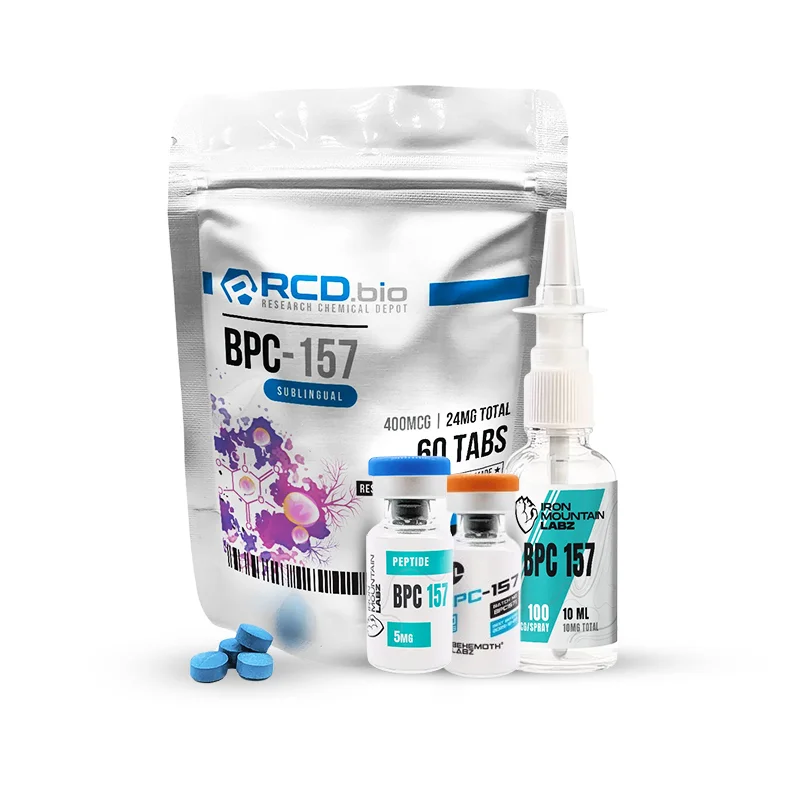
How Does BPC-157 Work?
Now, let us discover together how BPC-157 works to provide potential good effects on the human body.
First up, this little peptide powerhouse has a bag full of tricks. One of its cool moves is promoting nitric oxide synthesis. Now, nitric oxide is like the VIP of blood vessels, helping them relax and promoting better blood flow. Think of it as opening up the highways for nutrients and healing vibes.
Then, BPC-157 isn’t just sitting around; it’s activating cells that are the promoters of tissue repair. Imagine it as a call to action for the repair crew in our body, telling them it’s time to get to work.
But wait, there’s more it’s also like a growth factor maestro, conducting the orchestra of tissue synthesis. In simpler terms, it influences the growth hormone receptors signaling that the body needs to heal and regenerate.
Here’s the twist it’s not just about growth and repair. BPC-157 is also capable of keeping things calm. It can put on the brakes for inflammation, ensuring our body doesn’t go into chaos mode.
What is BPC-157 Sublingual?
Alright, let’s talk about BPC-157 sublingual style sounds fancy, right? But don’t worry, it’s not as complicated as it sounds.
Sublingual is just a cool way of saying under the tongue. So, when we say BPC-157 sublingual tablet, we mean placing this peptide under your tongue. Now, why under the tongue? Well, the skin under there is like a secret passage into your bloodstream.
Here’s the deal: When you put BPC-157 under your tongue, it gets a shortcut to the bloodstream, bypassing the whole digestive system shindig. This means it can get to work faster, kind of like a VIP entrance.
Picture it like a backstage pass instead of waiting in line (or in this case, going through your stomach and intestines), BPC-157 takes the express route. Once it’s under your tongue, it can be absorbed directly into the blood vessels, and from there, it can start its work.
BPC-157 Potential Benefits

Wound Healing Process
Recent research has been exploring how BPC-157 works and its effect on skin alkali burn wound healing, and they used a clever rat-burn model for the investigation. Now, these rats had skin injuries induced by alkali burns – not a pleasant scenario, but it helps scientists figure out how effective BPC-157 is in the wound-healing game.
What did the study find? Well, the results pointed in a promising direction. It seems like BPC-157 might be a bit of a speedster when it comes to healing wounds caused by alkali burns. Essentially, it’s like giving the healing process a turbo boost.
But that’s not all there’s more evidence in the BPC-157 playbook. In another review, it was found that BPC-157 isn’t a one-trick pony. It’s not just about skin wounds; it’s like a multitasking wizard that can cure various wounds in rats. How? By cranking up the expression of different genes in the skin wounds. This is like flipping the switches to activate the processes that lead to healing, not just on the skin but also in other places like the GI tract (that’s the stomach and intestines), tendons, and more.
Tendon Healing Process
Studies delving into the impact of BPC-157 on tendon healing have presented noteworthy findings, particularly in the context of cell survival for tendon fibroblasts in Achilles tendons.
In one study focused on enhancing the healing of a transected rat Achilles tendon, BPC-157 demonstrated its effectiveness in enhancing the growth hormone receptor expression. The peptide not only contributed to biomechanical improvement but also showcased positive outcomes in terms of functionality, microscopic tissue examination, and overall visible changes. This comprehensive enhancement in recovery suggests a promising role for BPC-157 in the future of Achilles tendon therapy.
Furthermore, another study explored the effect of BPC-157 on early functional recovery following injuries to the Achilles tendon-to-bone connection. Here, the synthetic peptide exhibited a capacity to bolster functional recovery through its anti-inflammatory properties.
Additionally, histological analysis revealed a reduction in inflammatory cell migration, further indicating the peptide’s role in mitigating inflammation at the site of injury. These findings shed light on BPC-157 as a potential agent for facilitating the recovery of Achilles tendons by addressing both functional and inflammatory aspects.
Musculoskeletal Soft Tissue Healing Process
In experiments where rat muscles were either crushed or cut, the administration of BPC-157 injections showcased consistent improvements in muscle healing. Importantly, these positive effects were observed persistently throughout the entire treatment period. Such findings suggest that BPC-157 holds potential therapeutic value in the context of muscle disorders.
Essentially, the peptide appears to contribute to the ongoing recovery and repair processes within injured muscles, presenting itself as a candidate for therapeutic applications aimed at addressing issues related to muscle healing. The sustained positive outcomes observed in the experimental setting indicate a promising avenue for further exploration of BPC-157’s role in supporting muscle health and recovery.
Bones, Cuts, and Broken Bones Healing process
In a study with burnt mice, where healing was impaired due to corticosteroids, BPC-157 stepped up to the plate. The peptide consistently improved the healing of deep partial skin thickness burns. Think of it like a boost for your skin’s recovery process after a burn – an encouraging sign for potential therapeutic applications.
Moving on to cuts – or excisional skin wounds in rat terms. After BPC-157 treatment, there was a noticeable speed-up in the healing process. It’s like giving your body a little extra help to close up those wounds faster. Interestingly, at the highest doses, BPC-157 performed as well as becaplermin, which is a standard therapy for foot ulcers. So, it’s not just keeping up; it’s playing in the big leagues of wound healing.
The effect of BPC-157 on bone cuts is based on a research of a comparison with bone marrow and autologous cortical bone implantation.
Now, let’s talk about broken bones, or more precisely, segmental bone defects in rabbits. BPC-157 didn’t shy away from the challenge; it significantly improved the healing of these bone defects. This isn’t just about fixing bones; it’s about paving the way for potential methods to tackle healing challenges in humans down the road.
In simple terms, BPC-157 seems like a versatile ally in the healing game. Whether it’s burns, cuts, or bones, this peptide appears to have a knack for enhancing the body’s natural recovery processes. While the studies provide promising insights, it’s like opening a door to a realm of potential solutions for healing impairments in the future. It’s science but with a hopeful touch.
NSAIDS Toxicity
Now, NSAIDs (Non-steroidal anti-inflammatory drugs), as effective as they are in treating pain and inflammation, can sometimes come with a downside toxicity. It’s a bit like a double-edged sword; what makes them great for relieving pain can also lead to some not-so-great side effects.
Enter BPC-157, our potential hero in this scenario. In a model mimicking NSAID toxicity, specifically using diclofenac, BPC-157 stepped in to counter the damage. Diclofenac is one of the main characters in the NSAID squad, known for its effectiveness but also for causing issues in the gastrointestinal system, and liver, and even impacting the brain (that’s the encephalopathy part).
What BPC-157 did was quite remarkable it acted as a shield against the harmful effects of diclofenac. It’s like having a guardian for your body, protecting it from the potential harm caused by NSAIDs.
Brain Health
Let’s explore the connection between BPC-157 and brain health it’s like understanding tody’s own defense system for the brain.
In a study with rats, scientists found something intriguing. When these rodents were given BPC-157 before experiencing a brain injury, they were not only less likely to pass away but also more likely to stay conscious. That’s like having a protective shield for the brain, helping it withstand potential harm.
Moreover, rats that received BPC-157 injections after suffering traumatic brain injury showed another interesting outcome. They experienced less damage to their brains. It’s like BPC-157 stepping in as a repair crew after an unfortunate incident, working to minimize the impact of the injury.
Now, what makes this even more impressive is that no carrier was used in delivering BPC-157. This is significant because it means that the positive effects observed can be directly attributed to this peptide alone.
However, here’s the catch while we see these positive outcomes, the exact mechanism of how BPC-157 works its magic on the brain still needs more extensive research studies.
Inflammatory Bowel Disease
In clinical trials, BPC-157 has been a standout player in treating IBD, showcasing not only its effectiveness but also its remarkable safety profile. Picture it as a treatment option that not only does the job but does so without causing any adverse side effects. That’s a win-win in the medical world.
One of the notable features of BPC-157 in these trials is its particular knack for wound healing. It’s like having a specialized team member dedicated to repairing and restoring the health of the gut. What’s more, the absence of any negative side effects in these trials is like a green light, indicating that BPC-157 is not just effective but also incredibly safe.
Now, in the rat world where they too can experience gut issues akin to IBD, known as irritable bowel syndrome (IBS) – BPC-157 proved to be a game-changer. It acted like a superhero, reducing inflammation in the rats’ bowels even gastric lesions. This isn’t just about calming down a bit of tummy trouble; it speaks to the potential for BPC-157 to have significant anti-inflammatory effects, potentially making it a valuable asset in the ongoing research against gut-related issues.
Gut Health
In a recent study, researchers deeply explored the relationship between BPC-157 and the brain-gut axis. Now, the brain-gut axis is like a two-way communication system between your brain and your gut, and it turns out, that BPC-157 seems to be quite the diplomat in maintaining this connection.
The study suggests that this gastric peptide, BPC-157, might just be a remedy for various central nervous system (CNS) disorders. Think of it as a peacekeeper, helping to settle any disturbances in the communication between your brain and your gut. It’s not just about promoting gastrointestinal tract healing; it extends its influence to support your overall central nervous system.
Now, let’s talk about the effects of BPC-157 in the context of alcohol consumption. When rats that received alcohol were treated with BPC-157, something interesting happened. The portal pressure – which is a measure of blood pressure in the portal vein, a major blood vessel in the gut – returned to normal levels. It’s like BPC-157 stepping in to bring things back to balance, not just in the gut but also counteracting disturbances in the liver.
Side Effects

It’s important to note that while BPC-157 has shown promise in various therapeutic areas, like any treatment, it may come with some side effects. For BPC-157 therapy, specific side effects reported include:
- Nausea: Some individuals undergoing BPC-157 therapy have reported experiencing nausea. This is a sensation of discomfort in the stomach that may lead to the urge to vomit.
- Diarrhea: Another potential side effect is diarrhea, which involves the frequent passage of loose or watery stools. It’s essential to monitor changes in bowel habits during BPC-157 therapy.
- Dizziness: Some test subjects may experience dizziness, a feeling of lightheadedness, or unsteadiness. This could affect balance and coordination.
Is BPC-157 Legal?
As of now, BPC-157 falls under the category of an experimental drug, and it has not received approval from the Food and Drug Administration (FDA). The primary reason for this lack of approval is the limited number of studies conducted on human subjects.
While BPC-157 has shown promise in preclinical studies and has been researched for various potential therapeutic applications, its legal status is primarily associated with its experimental nature. It is not available as an approved medication for use in humans.
Individuals considering the use of BPC-157 should be aware that, due to its experimental status, it may not be legally accessible as a prescribed or over-the-counter drug. As with any experimental chemicals, individuals need to exercise caution and consult with healthcare professionals before considering its use, as the legal and regulatory landscape may change based on further research and FDA evaluations.
Suggested Dose
It’s crucial to note that these estimations are derived from rat studies, and there are currently no human pharmacokinetic studies to evaluate potential species differences. This means that the extrapolated doses should be approached with caution, as human metabolism and response may vary from that of rats.
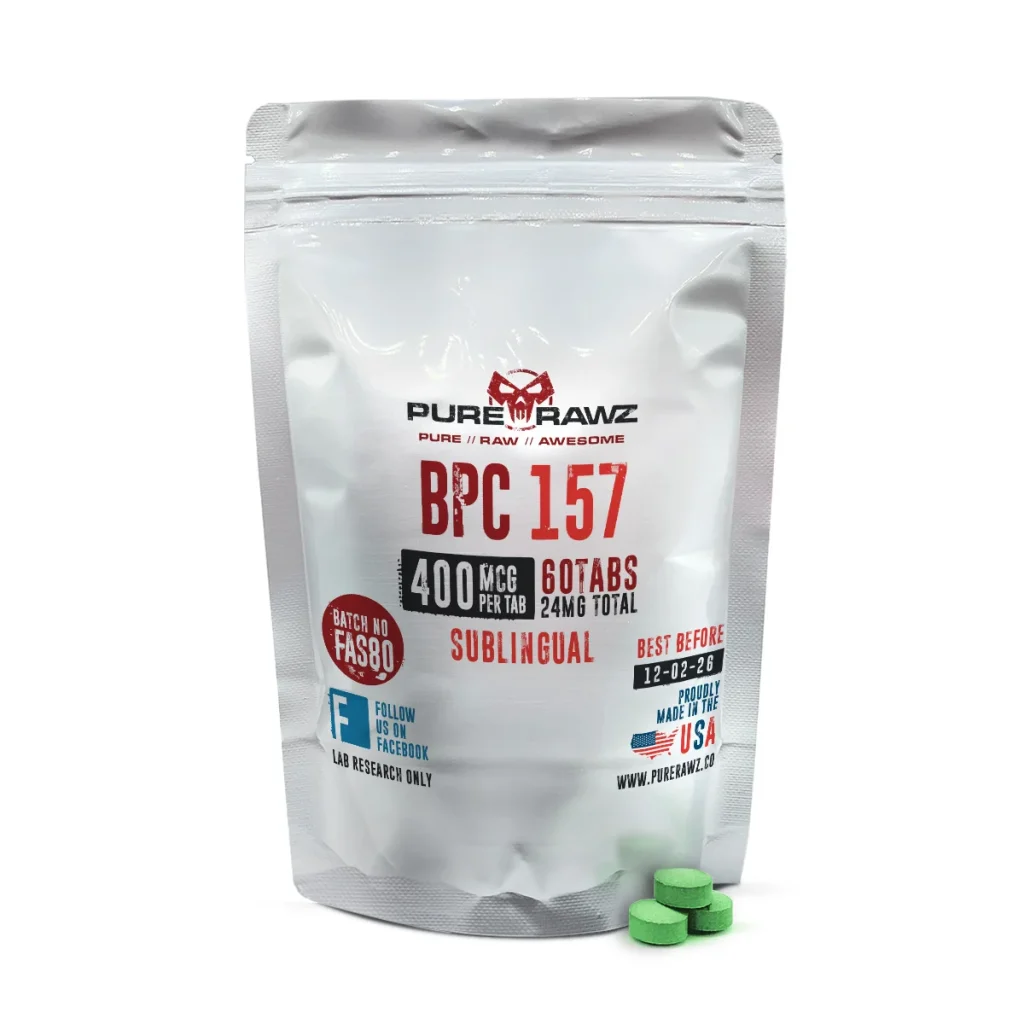
Determining the suggested dosage for BPC-157 involves extrapolating from rat studies, as most research has utilized injections, although some have explored oral administration with positive outcomes.
In rat studies, an effective oral dose was identified at 10 μg/kg. To translate this into potential human doses, an estimation was made, considering factors like body weight. For instance:
- A 150lb person might consider a dose of around 110 μg.
- A 200lb person might consider a dose of around 145 μg.
- A 250lb person might consider a dose of around 180 μg.
Where to Buy BPC-157 Online?
PureRawz stands out as a reputable online store that has quietly been making waves in the market since 2014. With a commitment to delivering high-quality products that contribute to the overall health and happiness of their customers, PureRawz has earned a solid reputation.
Specializing in products like BPC-157, PureRawz has been in the game for a considerable time, making it a reliable choice for those seeking top-tier supplements. The longevity of their presence in the market speaks volumes about their dedication to quality.

What sets PureRawz apart is not just its product range but also its commitment to transparency. They provide research citations to support their product claims, assuring customers that what they are purchasing is backed by scientific evidence.
For those who might be uncertain, PureRawz offers customer testimonials on their website, allowing potential buyers to hear about real experiences from others who have tried their products. This additional layer of transparency builds trust and confidence in the quality of their offerings.
Furthermore, PureRawz ensures excellent customer service with round-the-clock chat support. This means that customers can get assistance whenever they need it, providing a seamless and reliable shopping experience.
Conclusion
BPC-157 shows promise as a potential health ally, especially in supporting healing and encouraging the synthesis of growth factors. Whether you’re considering it for muscle injuries, gut health, or other therapeutic applications, it’s important to approach BPC-157 with caution and consult with healthcare professionals.
While some positive outcomes have been observed in studies, it’s crucial to remember that more research is needed, and its full effects on humans are not entirely clear.
Additionally, the legal and regulatory landscape surrounding BPC-157 may vary, so staying informed about local regulations is essential.
As with any supplement or experimental treatment, an informed and measured approach is key to ensuring your well-being. If you’re intrigued, consulting with healthcare professionals can provide personalized guidance based on your health needs and circumstances.
